Today marks 250 years since the HM Bark Endeavour sailed into Kamay and commenced the disruption and dismantling of the world’s oldest living culture.
For families belonging to the La Perouse Aboriginal community it is a time of mixed emotions. Our community members will look on the anniversary as a time to protest, some as a time to celebrate our survival and others as a time to reflect and heal. A senior Gweagal clan leader spoke recently about the 29 April 1770 and explained what the anniversary means to his Dharawal people:
“When the Endeavour sailed into Kamay (Botany Bay) it became a part of our history, our culture, our dreaming. We now have our own stories, songs and dances associated with that event all those years ago and therefore we are neutral, we cannot protest or celebrate because it is a part of our identity.”
The La Perouse Aboriginal Community is situated on the north side of Kamay (Botany Bay). It has been a permanent settlement since the early 1880s, and some of its residents are local Aboriginal families with ancient and unbroken roots to coastal Sydney, including Kamay. In the late 1890’s our old people were described as:
…. all that remains of the descendants of the native tribe that occupied the district at the time of the English occupation of New South Wales in 1788.
For many years, our community has been advocating for the opportunity to ‘tell our story, our way’. We know audiences will be given an authentic and accurate information as we are best placed to share information on our language, our culture and most importantly our old people.
The Gujaga Foundation’s language, culture and research team worked with key Gweagal and Dharawal senior people (Elders) and knowledge holders to develop content for the Kamay section of the National Museum of Australia’s Endeavour Voyage: The Untold Stories of Cook and the First Australians.
When we first met with National Museum of Australia curators, we explained our guiding principles relating to ‘our story, our way’ and to our surprise our requests were well received. Since September 2018, we have been working on developing content such as retelling Dharawal dreaming stories, promoting Dharawal knowledge of country, showcasing how we continue to educate our younger generations on old cultural practices. This education includes shellwork, spear making and the promotion of our old people who influenced our community’s way of life.
Members of our community research team belong to the Gweagal clan of the Dharawal nation, their traditional area includes the Kurnell peninsula. They descend from Biddy Giles whose grandson King Burraga or Joe Anderson (1879 - 1938), would often point out to reporters that his grandfather met Cook at Kurnell in 1770. One of the researchers related to King Burraga shares what it means to her when she tells her family’s story:
It has instilled a strong foundation of my own identity and how closely I connect with my family and wider community
There is no denying the events at Kamay, all those years ago, led to long lasting impacts for Indigenous people right across Australia, however, if we work together we can only have a brighter future. In the words of King Burraga in his 1933 petition to the King of England.
There is also plenty fish in the river for us all, and land to grow all we want.
One hundred and fifty years ago, the Aboriginal owned Australia, and today, he demands more than the white man's charity. He wants the right to live!
For further information on our story, feel free to read and share the following publications.
Gujaga Foundation - Stories From The Shore
https://www.gujaga.org.au/stories
National Museum of Australia - Endeavour Voyage: The Untold Stories of Cook and the First Australians
https://www.nma.gov.au/exhibitions/endeavour-voyage/kamay-botany-bay
National Museum of Australia - The Message: The Story from the Shore.
https://www.nma.gov.au/exhibitions/endeavour-voyage/the-message
